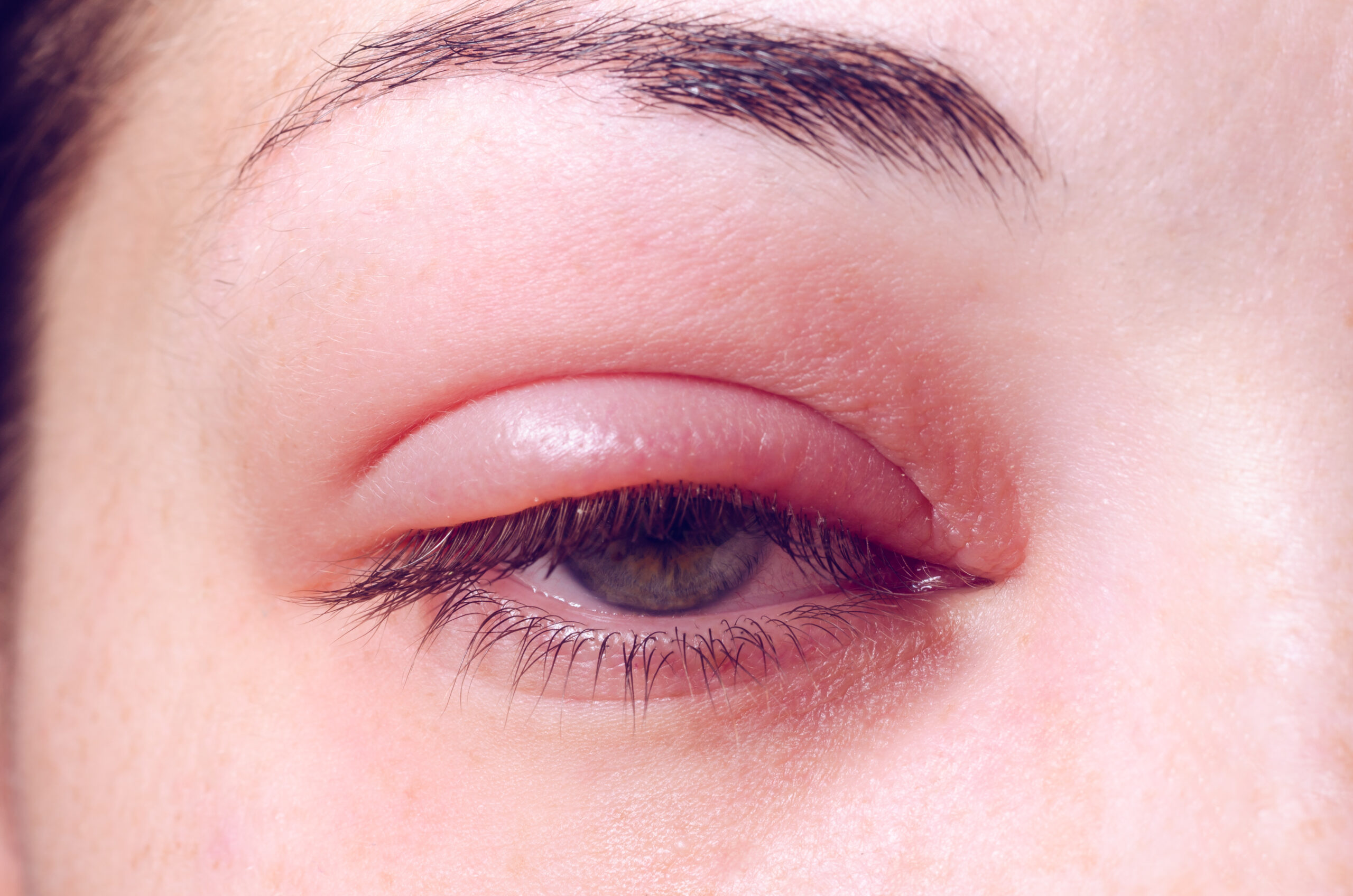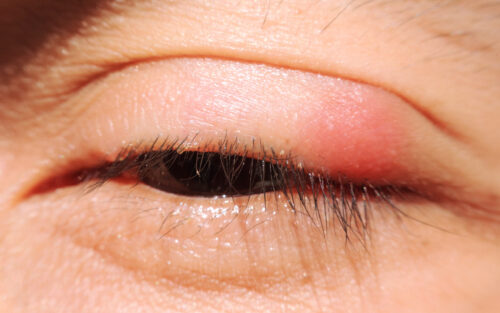Dry Eye
Discover comprehensive insights into dry eye, its causes, symptoms, and effective treatments. 

The medical term « blepharitis » means « irritation of the eyelids ».
This covers a wide variety of locations, presentations and origins: blepharitis may affect the skin of the eyelids, the eyelashes and/or the glands embedded into the eyelids, that produce an oil mixing into the tears.
It can result from an infection, from a chronic skin condition such as atopy, seborrheic dermatitis or rosacea, or from a malfunction of the eyelid glands1. It may be acute or chronic, with chronic being the more common form2, and is frequently associated with dry eye and ocular surface irritation1.
Blepharitis may affect people of all ages, including children, ethnicities, and gender. It is more common in individuals older than the age of 502.
Reading these lines, you may think that blepharitis looks like a big shopping bag with lots of different things in it, but as there is considerable overlap of origins, symptoms and treatments in all types of blepharitis1, it is more like a full-fledged entity with some variations.
The exact mechanisms of blepharitis are not known. The cause is most likely multifactorial, which means that several predisposing factors may be involved2.
Some skin conditions are often associated with blepharitis:

A dysfunction of the Meibomian glands may result in blepharitis.
These tiny glands, called « Meibomius glands », named after the doctor Heinrich Meibom, who first described them in 1666, are embedded into the eyelids: twenty to thirty glands are located in the lower lid, and thirty to forty are located in the upper lid6.
They produce an oily secretion called « meibum », more or less similar to the sebum from sebaceous glands in the skin. Meibum mixes with the tears and spreads onto the ocular surface, to ensure its lubrication7. Normal meibum is an oily liquid, but when the Meibomian glands are dysfunctional, the meibum thickens and its draining becomes slower, clogging the gland.
Patients with Meibomian Gland Dysfunction (MGD) frequently have also rosacea or seborrheic dermatitis1.
Demodex is a mite normally present on the skin. On the eyelids, it inhabits the root of the eyelashes. An overgrowth of the Demodex mite population is thought to contribute to Meibomian gland dysfunction and blepharitis2.
Blepharitis may also be the result of a bacterial infection, mainly by Staphylococcus Aureus1,2.
Dry eye, like blepharitis, is a frequent consequence of all the aforementioned conditions and is often found associated with blepharitis1.
Some medications are known to induce blepharitis: oral treatments for acne (vitamin A acid derivatives) and for severe atopic dermatitis (monoclonal antibody)1.
Symptoms of blepharitis may be:
Blepharitis is a clinical diagnosis2 made by your eye care professional that mostly does not need investigations.
In cases of recurrent blepharitis with severe inflammation as well as for patients who are not responding to therapy, your ophthalmologist may decide to perform additional tests:
Eyelid cleansing and massaging is the mainstay of treatment and effective in treating most cases of blepharitis2. Once- or twice-daily is generally adequate1.
Refrain from touching or scratching your eyelids when itching, to avoid further irritation or infection1. Clean your hands before performing the eyelid cleansing.
In case of bacterial infection, topical antibiotic creams applied on the edge of the lids, around the eyelash base, may be prescribed during 2 to 8 weeks2.
Some specific oral antibiotics may be used to treat Meibomian gland dysfunction not responsive to eyelid hygiene or associated with rosacea. These oral antibiotics are used for their anti-inflammatory and lipid regulating properties2.
In some cases, a brief course of topical corticosteroids may be helpful for eyelid or ocular surface inflammation. Corticosteroid eye drops or ointments are applied several times daily to the eyelids or ocular surface. Once the inflammation is controlled, the corticosteroid can be tapered and discontinued and if necessary, may be used intermittently to maintain ocular comfort1.
Artificial tears can be helpful for blepharitis associated with Meibomian gland dysfunction and dry eye1.
When the blepharitis does not improve with these treatments, a Demodex mite infestation may be suspected. Recalcitrant blepharitis have been improved by therapy directed at decreasing or eradicating the Demodex mites1.
Several in-office procedural treatments have been proposed to improve the meibomian glands, but lack solid evidence of efficiency yet:
In general, don’t hesitate to ask your pharmacist for advice if you have any eye symptoms.
On the other hand, if you experience one or more of these symptoms, you should see an eye specialist as a matter of urgency; -Moderate,-Severe pain, -Intense sensitivity to light, -Decreased vision, -Flashes of light, -Dark spots, -Sensation of a foreign object in the eye, -Trauma (injury, contusion, acid burn etc.), -Persisting or worsening symptoms despite appropriate treatment.
